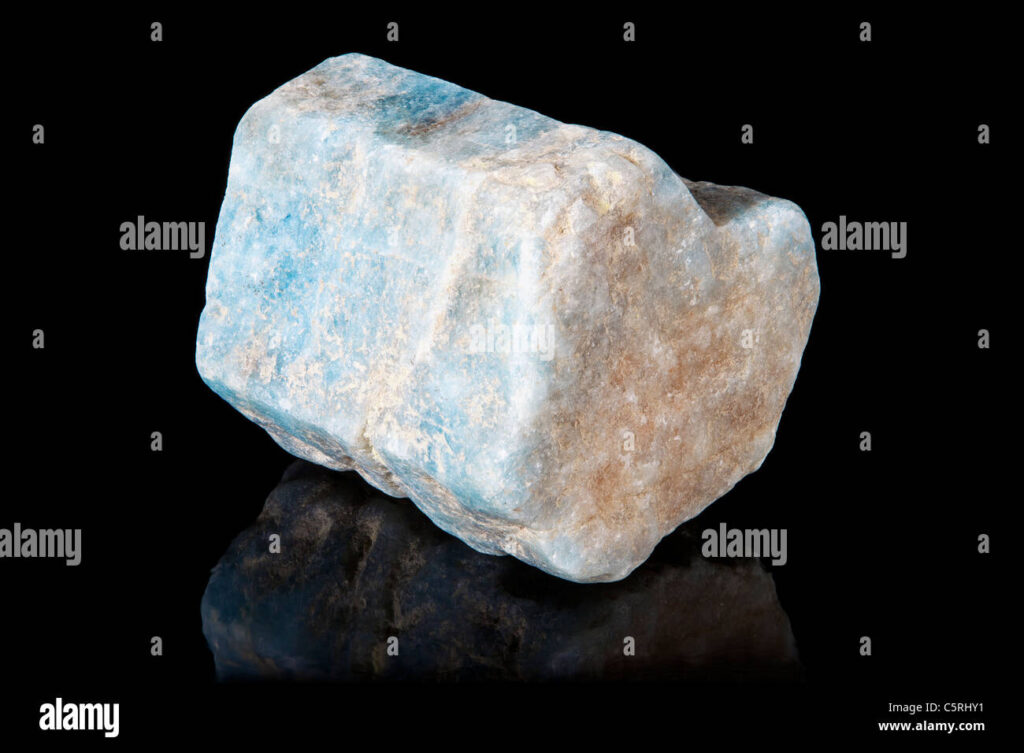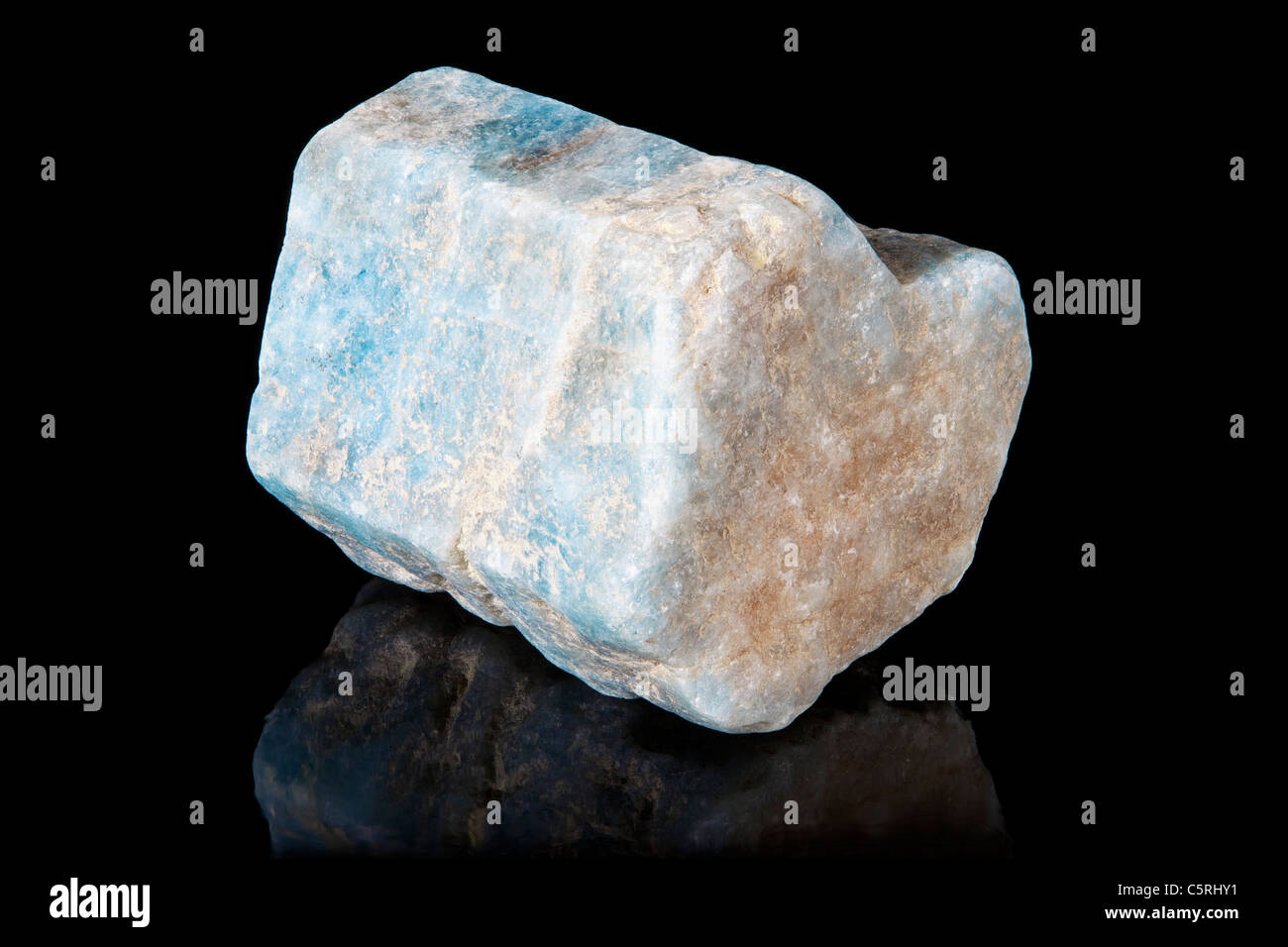
Beryl Bleu: Unveiling the Allure of Blue Beryl Gemstones
The world of gemstones is a captivating realm of color, brilliance, and geological wonder. Among the many treasures found within the Earth’s crust, beryl bleu stands out as a particularly enchanting variety. Known for its captivating blue hues and association with clarity and communication, beryl bleu has captured the attention of gem enthusiasts, collectors, and jewelry designers alike. This article delves into the fascinating world of beryl bleu, exploring its geological origins, unique properties, historical significance, and modern-day applications.
What is Beryl Bleu?
Beryl bleu, simply put, is the blue variety of the mineral beryl. Beryl is a beryllium aluminum cyclosilicate with the chemical formula Be3Al2(SiO3)6. Pure beryl is colorless, but the presence of trace elements gives rise to the various colored varieties that we know and love. Aquamarine, emerald, morganite, and heliodor are all members of the beryl family, distinguished by their specific color-causing impurities.
The blue color in beryl bleu is typically attributed to the presence of iron (Fe2+ and Fe3+) within the crystal structure. The intensity and shade of blue can vary depending on the concentration of iron and other influencing factors, such as heat treatment. While aquamarine is the most well-known blue beryl, the term “beryl bleu” can be used to describe any beryl exhibiting a distinctly blue coloration that isn’t necessarily classified as aquamarine based on saturation or tone. In some trade contexts, the term can also refer to heat-treated beryl that has been enhanced to achieve a more desirable blue hue.
Geological Origins and Occurrence of Beryl Bleu
Beryl forms in a variety of geological environments, most commonly in pegmatites, metamorphic rocks, and hydrothermal veins. Pegmatites are coarse-grained igneous rocks that form during the late stages of magma crystallization. They are often rich in rare elements, which can contribute to the formation of colored beryl varieties. Metamorphic rocks, formed under high pressure and temperature, can also host beryl crystals. Hydrothermal veins, which are fractures in rocks filled with hot, aqueous solutions, can also provide the necessary conditions for beryl formation.
Notable sources of beryl bleu include Brazil, Madagascar, Nigeria, Mozambique, Russia, and the United States. Each locality may produce beryl with slightly different characteristics, such as variations in color, clarity, and crystal size. Brazilian aquamarine, for example, is renowned for its intense blue color, while some Madagascan beryl exhibits a greenish-blue hue. Exploring the geological origin of a specific beryl bleu gemstone can provide valuable insights into its unique properties and characteristics.
Properties of Beryl Bleu
Like other beryl varieties, beryl bleu possesses a number of characteristic physical and optical properties. These properties are important for gem identification, grading, and valuation.
- Chemical Formula: Be3Al2(SiO3)6
- Crystal System: Hexagonal
- Hardness (Mohs Scale): 7.5-8
- Specific Gravity: 2.68-2.80
- Refractive Index: 1.564-1.602
- Birefringence: 0.005-0.009
- Luster: Vitreous (glassy)
- Color: Blue, ranging from light pastel blue to deep, saturated blue.
- Transparency: Transparent to translucent
- Cleavage: Imperfect on [0001]
- Fracture: Conchoidal to uneven
The hardness of beryl bleu makes it a durable gemstone suitable for use in jewelry. Its vitreous luster and transparency contribute to its brilliance and appeal. The refractive index and birefringence affect how light interacts with the gemstone, influencing its sparkle and fire. [See also: Aquamarine Gemstone Properties]
Historical Significance and Lore
Beryl, in its various forms, has been prized for centuries. Ancient civilizations recognized its beauty and attributed various metaphysical properties to it. Aquamarine, a prominent beryl bleu variety, was believed by the Romans to be sacred to Neptune, the god of the sea. Sailors often carried aquamarine amulets for protection during voyages. In medieval times, aquamarine was thought to enhance marital happiness and bring good fortune.
Throughout history, beryl has been associated with clarity, communication, and courage. It was believed to calm the mind, soothe anxieties, and promote clear thinking. Some cultures associated beryl with psychic abilities and used it as a tool for divination. The lore surrounding beryl bleu reflects its enduring appeal and perceived power.
Beryl Bleu in Jewelry and Design
Beryl bleu, particularly aquamarine, is a popular choice for jewelry designers. Its attractive blue color, durability, and availability in various sizes and shapes make it a versatile gemstone. Beryl bleu is frequently used in rings, necklaces, earrings, pendants, and bracelets. It can be set in a variety of metals, including gold, silver, and platinum. The light blue hues of some beryl bleu varieties pair beautifully with diamonds and other gemstones.
The value of beryl bleu in jewelry depends on several factors, including the intensity of the blue color, clarity, cut, and carat weight. Deeply saturated blue stones with excellent clarity command the highest prices. Well-cut stones that maximize brilliance and fire are also highly valued. [See also: Gemstone Cutting Styles]
Enhancements and Treatments
Like many gemstones, beryl bleu may undergo enhancements to improve its color or clarity. Heat treatment is a common practice used to enhance the blue color of some beryl. Heating can reduce or eliminate yellow or green tints, resulting in a more pure blue hue. Irradiation is another treatment that can be used to alter the color of beryl, although it is less common for beryl bleu than for some other gemstones.
It is important for consumers to be aware of any enhancements or treatments that a beryl bleu gemstone has undergone. Reputable jewelers and gem dealers should disclose any treatments to ensure transparency and informed purchasing decisions. Untreated beryl bleu is often more valuable, especially if it possesses a desirable color and clarity naturally.
Caring for Beryl Bleu Jewelry
To keep your beryl bleu jewelry looking its best, it is important to clean and care for it properly. Beryl is a relatively hard gemstone, but it can still be scratched or damaged if not handled with care. Avoid exposing beryl bleu jewelry to harsh chemicals, such as chlorine bleach or household cleaners. Clean your beryl bleu jewelry with warm water, mild soap, and a soft brush. Rinse thoroughly and dry with a soft cloth. Store your beryl bleu jewelry in a separate pouch or compartment to prevent scratches from other jewelry. With proper care, your beryl bleu jewelry will retain its beauty for many years to come.
Distinguishing Beryl Bleu from Similar Gemstones
Several gemstones can resemble beryl bleu, making identification challenging for the untrained eye. Blue topaz, blue zircon, and blue spinel are among the gemstones that can be confused with beryl bleu. A trained gemologist can use various tests to distinguish beryl bleu from these other gemstones. Refractive index, specific gravity, and pleochroism are some of the properties that can be used for identification. Microscopic examination can also reveal characteristic inclusions or growth patterns that are unique to beryl bleu.
The Future of Beryl Bleu
The fascination with beryl bleu is likely to continue for generations to come. Its captivating blue hues, association with clarity and communication, and versatility in jewelry design ensure its enduring appeal. As new sources of beryl bleu are discovered and new cutting and design techniques are developed, the possibilities for this gemstone are endless. Whether you are a gem collector, a jewelry enthusiast, or simply someone who appreciates the beauty of the natural world, beryl bleu offers a captivating glimpse into the wonders of the Earth’s geological treasures.
The market for beryl bleu remains strong, driven by demand for both fine jewelry and collectible gemstones. As consumers become more educated about gemstones and their properties, the appreciation for natural, untreated beryl bleu is likely to increase. [See also: Gemstone Investment Strategies]
In conclusion, beryl bleu is more than just a pretty blue stone; it is a gemstone with a rich history, unique properties, and enduring appeal. From its geological origins to its modern-day applications in jewelry and design, beryl bleu continues to captivate and inspire. Whether you are seeking a beautiful piece of jewelry or a fascinating addition to your gemstone collection, beryl bleu offers a timeless treasure that will be cherished for years to come.

